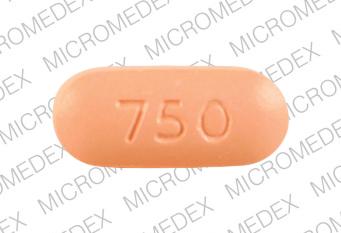Niaspan Side Effects
Generic name: niacin
Medically reviewed by Drugs.com. Last updated on Jul 17, 2023.
Note: This document contains side effect information about niacin. Some dosage forms listed on this page may not apply to the brand name Niaspan.
Applies to niacin: oral capsule, oral capsule extended release, oral tablet, oral tablet extended release.
Serious side effects of Niaspan
Along with its needed effects, niacin (the active ingredient contained in Niaspan) may cause some unwanted effects. Although not all of these side effects may occur, if they do occur they may need medical attention.
Check with your doctor immediately if any of the following side effects occur while taking niacin:
Less common
- Darkening of urine
- light gray-colored stools
- loss of appetite
- severe stomach pain
- yellow eyes or skin
Other side effects of Niaspan
Some side effects of niacin may occur that usually do not need medical attention. These side effects may go away during treatment as your body adjusts to the medicine. Also, your health care professional may be able to tell you about ways to prevent or reduce some of these side effects.
Check with your health care professional if any of the following side effects continue or are bothersome or if you have any questions about them:
Less common
- Abdominal or stomach pain
- cough
- diarrhea
- feeling of warmth
- flushing or redness of the skin, especially on the face and neck
- headache
- nausea or vomiting
- rash or itching
- runny nose
- sneezing
- stuffy nose
Incidence not known
- Dizziness or faintness
- dryness of the skin
- fever
- frequent urination
- joint pain
- muscle aching or cramping
- side, lower back, or stomach pain
- swelling of the feet or lower legs
- unusual thirst
- unusual tiredness or weakness
- unusually fast, slow, or irregular heartbeat
For Healthcare Professionals
Applies to niacin: compounding powder, oral capsule, oral capsule extended release, oral liquid, oral tablet, oral tablet extended release.
Cardiovascular
Very common (10% or more): Flushing (i.e., warmth, redness, itching, and/or tingling) (up to 88%)
Frequency not reported: Tachycardia, palpitations, atrial fibrillation, other cardiac arrhythmias, syncope, hypotension, postural hypotension[Ref]
Dermatologic
Common (1% to 10%): Rash, pruritus
Frequency not reported: Sweating, skin burning sensation, maculopapular rash, dry skin
Postmarketing reports: Skin discoloration[Ref]
Gastrointestinal
Very common (10% or more): Diarrhea (up to 14%), nausea (up to 11%)
Common (1% to 10%): Vomiting
Frequency not reported: Peptic ulcers, eructation, flatulence[Ref]
Hematologic
Postmarketing reports: Slight reductions in platelet counts, prothrombin time prolonged[Ref]
Hypersensitivity
Postmarketing reports: Hypersensitivity reactions (e.g., anaphylaxis, angioedema, urticaria, flushing, dyspnea, tongue edema, larynx edema, face edema, peripheral edema, laryngismus, vesiculobullous rash)[Ref]
Hepatic
Postmarketing reports: Hepatitis, jaundice[Ref]
Metabolic
Frequency not reported: Decreased glucose tolerance, gout[Ref]
Musculoskeletal
Frequency not reported: Myalgia, myopathy[Ref]
Nervous system
Frequency not reported: Dizziness, syncope
Postmarketing reports: Migraine, asthenia, paresthesia[Ref]
Ocular
Postmarketing reports: Blurred vision, macular edema[Ref]
Psychiatric
Postmarketing reports: Insomnia, nervousness[Ref]
Other
Frequency not reported: Chills, edema[Ref]
Respiratory
Common (1% to 10%): Cough increased
Frequency not reported: Dyspnea[Ref]
Frequently asked questions
More about Niaspan (niacin)
- Check interactions
- Compare alternatives
- Reviews (29)
- Drug images
- Dosage information
- During pregnancy
- Drug class: miscellaneous antihyperlipidemic agents
- En español
Patient resources
Other brands
Niacin SR, Heliocare Advanced, HDL Benefit, Niacor, ... +5 more
Professional resources
Other brands
Related treatment guides
References
1. Product Information. Niacin (niacin). 21st Century Healthcare Inc. 2017.
2. Product Information. Niacor (niacin). Upsher-Smith Laboratories Inc. 2017.
Further information
Always consult your healthcare provider to ensure the information displayed on this page applies to your personal circumstances.
Some side effects may not be reported. You may report them to the FDA.

